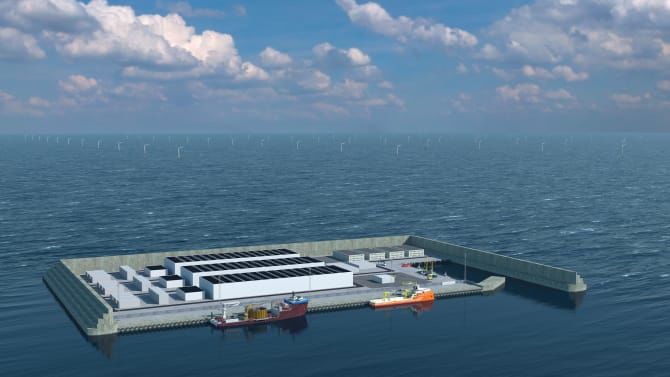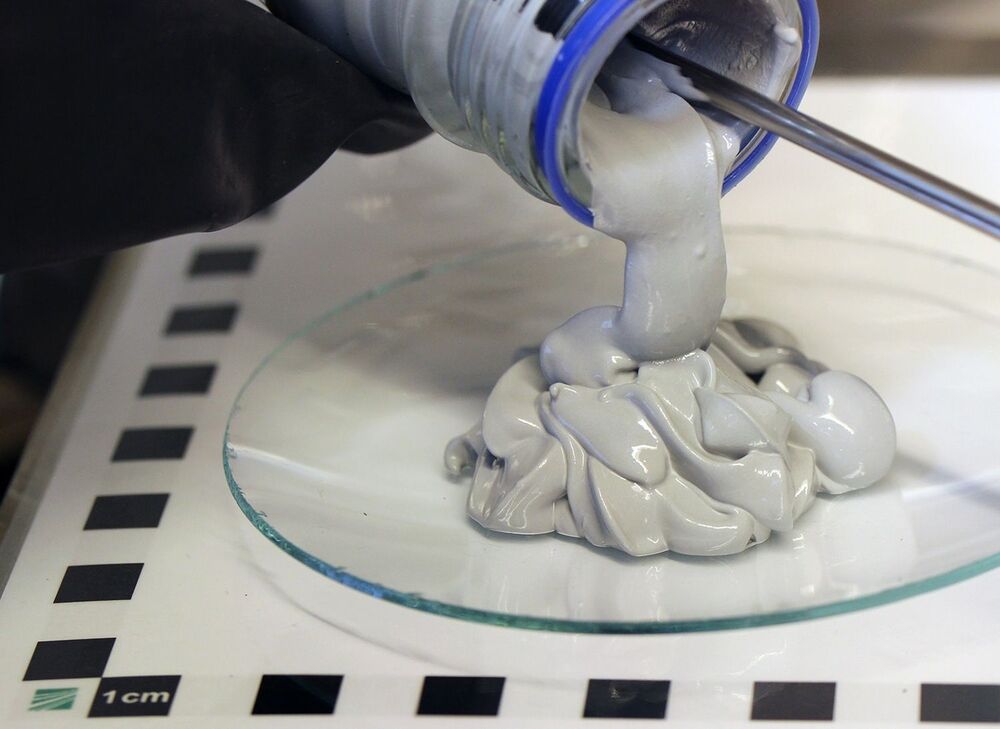Batteries and hybrid renewables-plus-storage projects will be a massive grid resource. Transmission grids and energy markets will need to adapt.
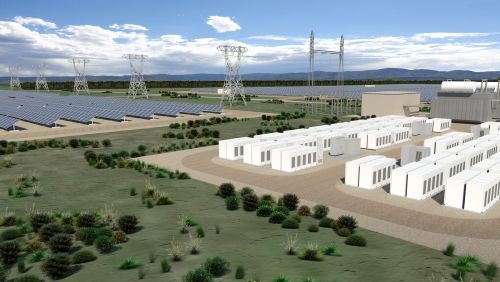


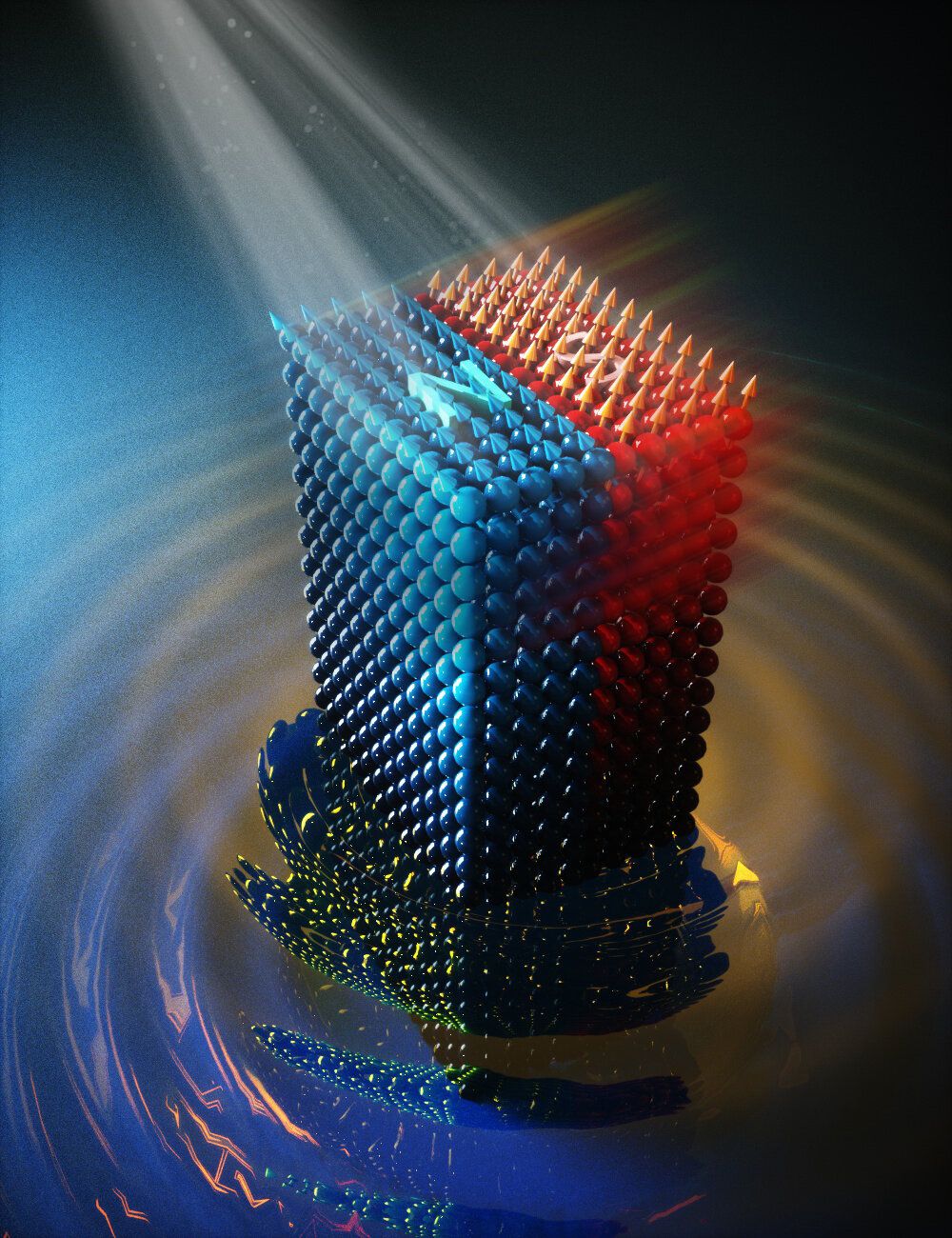
An international team led by researchers of Delft University of Technology (TU Delft) has managed to manipulate the magnetic state of a magnetic material by optically shaking it. The whole process happens within an extremely short time frame of less than a few picoseconds. In times of stalling efficiency trends of current technology, such atomically-driven ultrafast control of magnetism opens broad new vistas for information technology. The results, which have been published in Nature Materials, could eventually lead to fast and energy-efficient data processing technologies, which are essential to keep up with our data hunger.

This is “Infinite Power Cell” by SnapWeb on Vimeo, the home for high quality videos and the people who love them.
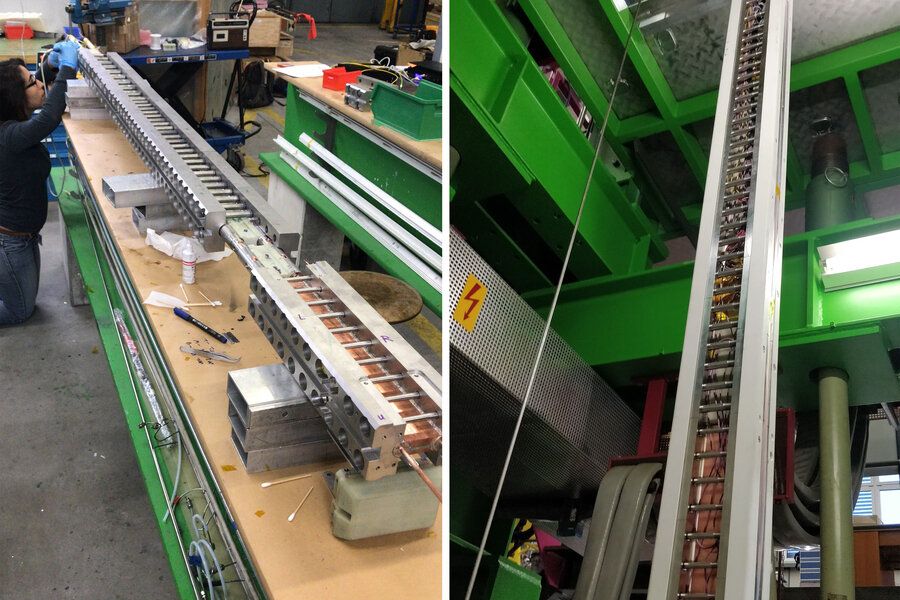
The pursuit of fusion as a safe, carbon-free, always-on energy source has intensified in recent years, with a number of organizations pursuing aggressive timelines for technology demonstrations and power plant designs. New-generation superconducting magnets are a critical enabler for many of these programs, which creates growing need for sensors, controls, and other infrastructure that will allow the magnets to operate reliably in the harsh conditions of a commercial fusion power plant.
